Growing Vehicle Ownership Rates
The increase in vehicle ownership rates is significantly influencing the Road Marking Paints Market. As more individuals acquire vehicles, the volume of traffic on roads continues to escalate, leading to a heightened need for effective road markings. This trend is particularly pronounced in developing regions, where rising disposable incomes and urban migration are contributing to a surge in vehicle purchases. The International Organization of Motor Vehicle Manufacturers reports that global vehicle production has seen a steady increase, which correlates with the demand for improved road infrastructure. Consequently, the market for road marking paints is expected to expand, driven by the necessity for enhanced road safety and traffic management solutions.
Increased Road Safety Regulations
The emphasis on road safety regulations is a pivotal driver for the Road Marking Paints Market. Governments and regulatory bodies are increasingly mandating the use of high-quality road marking materials to enhance visibility and safety on roadways. This trend is evidenced by the implementation of stricter guidelines for road markings, which often require the use of reflective and durable materials. As a result, the demand for advanced road marking paints is expected to rise, with the market projected to grow at a compound annual growth rate of approximately 5% over the next few years. The focus on safety not only benefits drivers but also encourages manufacturers to innovate and improve their product offerings, thereby stimulating market growth.
Urbanization and Infrastructure Growth
The rapid pace of urbanization is a key driver for the Road Marking Paints Market. As cities expand and infrastructure projects proliferate, the need for effective road marking becomes increasingly critical. Urban areas are experiencing a surge in traffic volume, necessitating clear and durable road markings to ensure safety and efficiency. Governments are investing heavily in infrastructure development, which includes the construction of new roads and the maintenance of existing ones. This trend is expected to propel the market forward, with estimates suggesting that infrastructure investments could reach trillions of dollars globally in the coming years. Consequently, the demand for high-quality road marking materials is likely to rise in tandem with these developments.
Rising Demand for Eco-Friendly Solutions
The growing awareness of environmental issues is driving the Road Marking Paints Market towards more sustainable practices. Manufacturers are increasingly developing eco-friendly road marking paints that comply with environmental regulations and standards. This shift is largely influenced by consumer preferences for products that minimize ecological impact. The market for water-based and low-VOC (volatile organic compounds) paints is expanding, as these products are perceived as safer for both the environment and public health. It is estimated that the eco-friendly segment could account for over 30% of the total market share by 2026, reflecting a significant shift in consumer behavior and regulatory pressures.
Technological Innovations in Road Marking
Technological advancements are reshaping the Road Marking Paints Market, leading to the development of innovative products that enhance performance and durability. The introduction of advanced materials, such as thermoplastic and cold plastic paints, has revolutionized road marking applications. These materials offer superior adhesion, longevity, and resistance to wear and tear, which are critical for maintaining road safety. Furthermore, the integration of smart technologies, such as embedded sensors in road markings, is gaining traction. These innovations not only improve the functionality of road markings but also provide valuable data for traffic management systems. The market is expected to witness a surge in demand for these technologically advanced solutions, potentially increasing market value significantly.


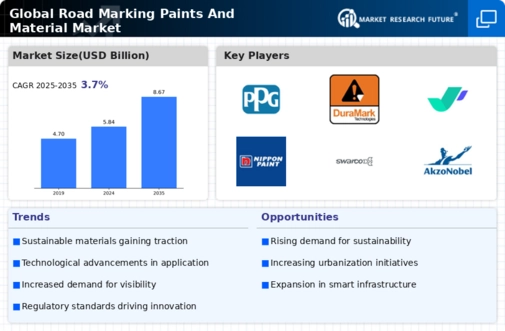
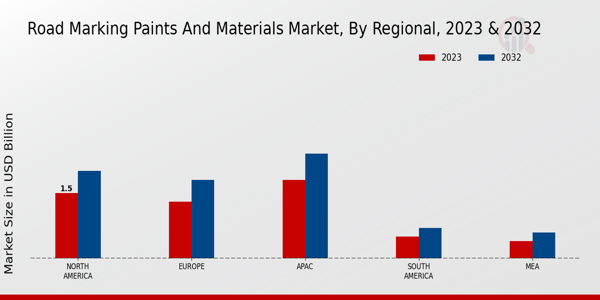

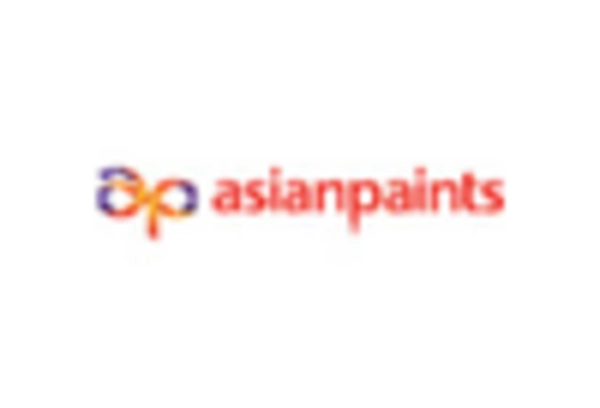


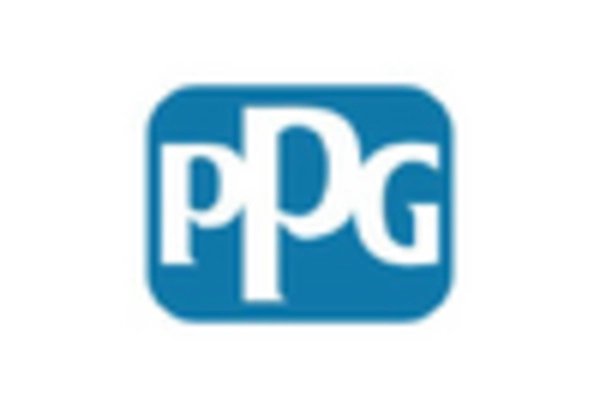
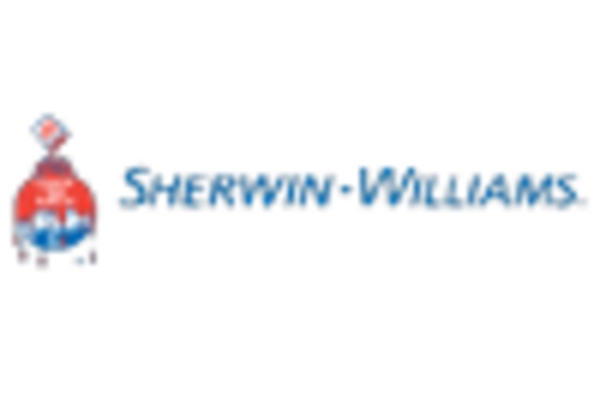








Leave a Comment